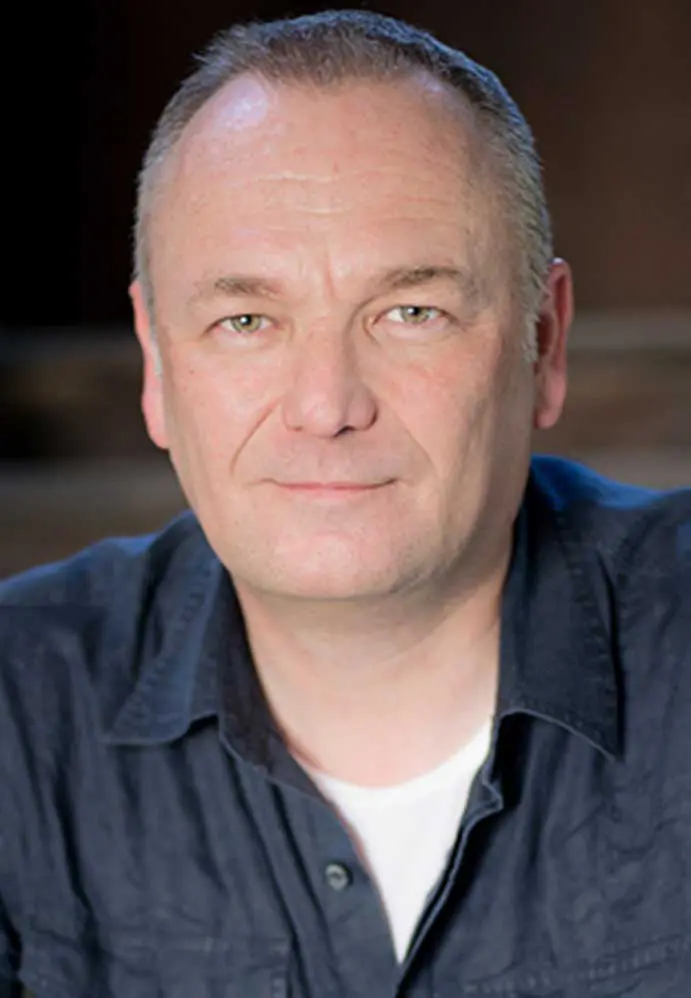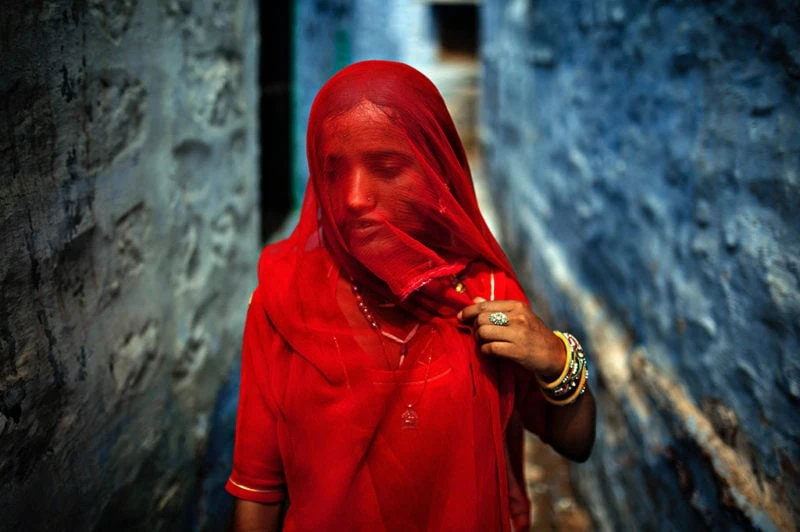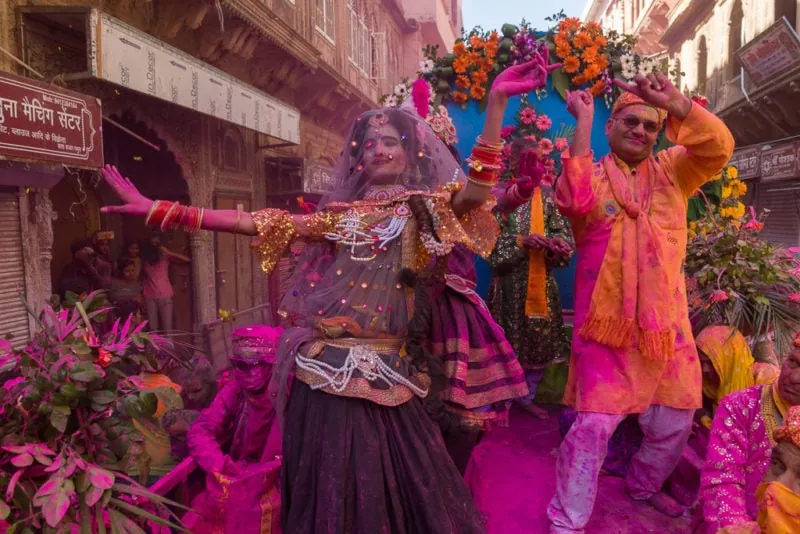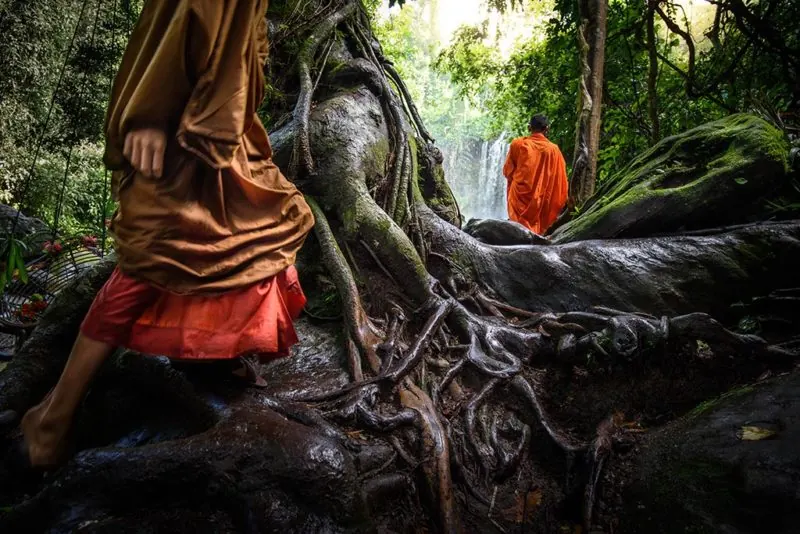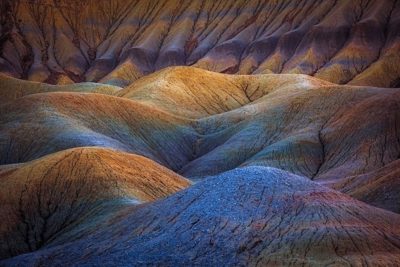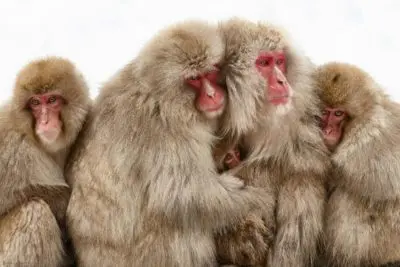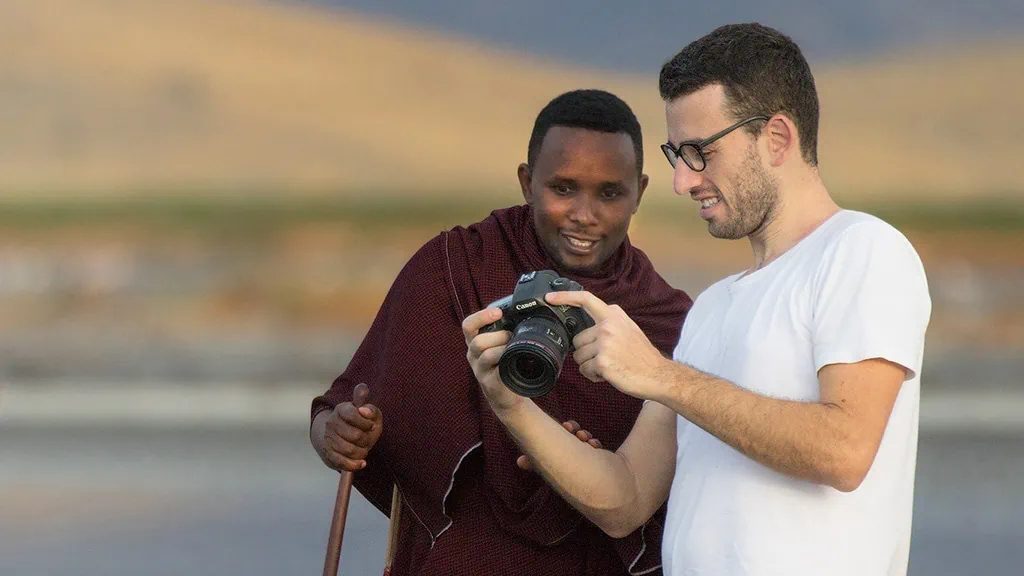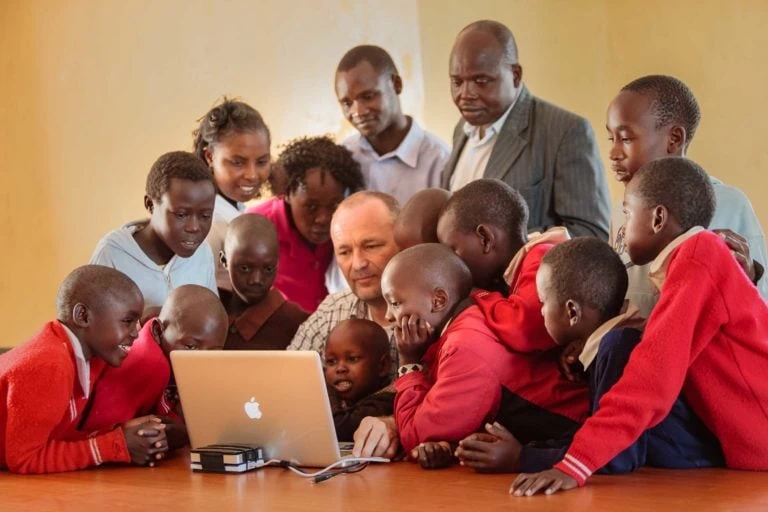
This week I had the pleasure of interviewing Gavin Gough, Bangkok-based Humanitarian Photographer, who in the next few lines will tell us some anecdotes about his life and activities.
When and why did you decide to leave England to live overseas?
The first time I traveled with the express purpose of taking photographs was in 2003. I was working as a Systems Analyst, it was a great job, but for a long time, I’d wanted to be a photographer. I realized that the opportunity would not create itself and if I didn’t make the leap myself, I would have continued in office jobs. It wasn’t easy to move from a well-paid, employed job with good prospects (and a monthly salary!) to a freelance career with no clients, no contracts and no income. In retrospect, it might have been a naïve move and I wouldn’t recommend such a drastic change to anybody else but perhaps ignorance was bliss in that situation.
I spent the first year traveling. My girlfriend and I bought around-the-world tickets and we visited every continent. I tried to build a portfolio during that first year and returned with enough images to make a reasonable submission to stock agencies.
During that extended trip, I fell in love with a lot of places. So many fascinating landscapes with wonderful light and enchanting culture.
I realized that if I wanted to give myself the best chance of succeeding as a travel photographer, I would need to take a decisive step outside my comfort zone and leave the UK. So I moved to Bangkok, and that move has paid dividends in so many ways.
Since how long are you working as a photographer? Did you start with analog photography? Was it difficult to switch to digital?
I’ve been a full-time, professional photographer for 16 years and an enthusiastic amateur for many years before that. I spent much of that time as an analog photographer and switched to digital in 2003/2004. I still shoot film occasionally, mostly for personal projects because I like the discipline that it imposes. I like digital photography too. Film, digital… it’s all just a means to an end and the tools don’t really matter.

Which is lens do you use most? Why do you prefer it?
I don’t really have a favorite lens. I’ve recently reduced the number of lenses I carry. I was using Canon EOS cameras with a variety of lenses from 16mm to 200mm, including 50mm, 85mm, and other prime lenses. Now I’m using Leica M cameras with prime rangefinder lenses. I prefer lenses with wide apertures and often work at f/1.2, f/1.4 and f/2.0. I‘ve taken the old photojournalist’s adage of “F/8 and Be There” and adjusted it by a few f/stops.
I’m sure that a good photographer will produce interesting work with any camera. Finding the right tool can make the process easier and it’s definitely worth spending time finding the tool that you feel most comfortable with but I think we should resist the temptation to believe that the tools make the art. I’ve seen art created with the simplest, cheapest tools that have touched my heart and I’ve seen mundane and forgettable work made with equipment costing many tens of thousands of dollars.
Film? Digital? Cameras? Lenses? They’re all red herrings. We ought to be talking about intention, integrity, perspective, and emotion.
What is the kind of photography that better represents you?
I’m not a fan of pigeon-holing photography. Genres don’t serve us well. I have colleagues who are definitely fashion photographers or architectural photographers but that’s because of the subjects they photograph. All photography is about seeing, about observing and about translating what we see into a format we can share. Hopefully, we are communicating something about our own experience.
So, to make it easier for other people and for the benefit of internet search engines, I’ll refer to myself as a travel photographer or an editorial photographer. Some people use the phrase humanitarian photographer and a lot of my clients are NGOs. But labels can be limiting. I take portraits but I also take landscapes and cityscapes. I work on news and editorial assignments and also on long-term social, development and humanitarian projects. Whatever the subject or the style, I’m drawn to photography that tells me something about the human condition. Or photography that reveals something about the world that I might not otherwise have seen.

Tell me more about your work as a humanitarian photographer.
I enjoy working with NGOs. There’s such a huge amount of really inspiring work being done around the world, from huge UN agencies down to extremely dynamic, local projects run by just a few people. I think NGO work allows me to see the best of human nature. Even though the stories might be challenging and often the people being served and supported by NGOs are experiencing tremendous hardship and heartache, I’m working with people who are determined to create better outcomes for the individuals and families that they’re supporting. It’s always uplifting to be involved with projects with that aim.
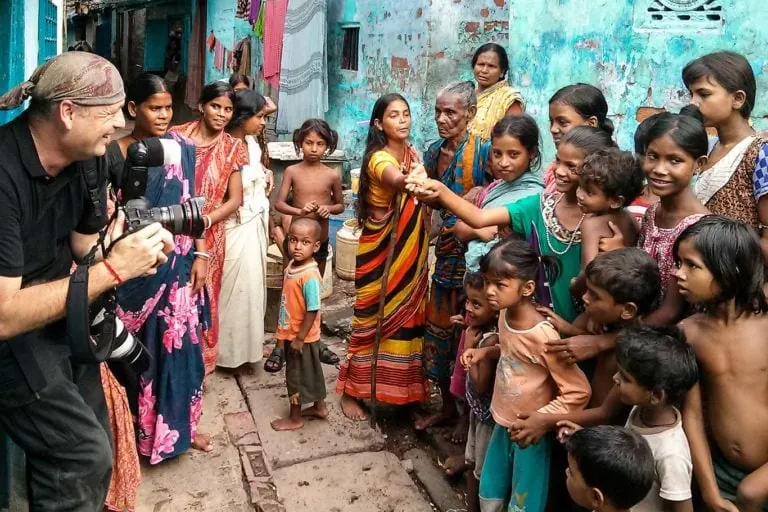
What is it about? Who do you usually collaborate with? What is the hardest commission you had to do during your career?
I’ve worked with various NGOs. Typically, there’s a particular event or story that the agency wishes to highlight. For example, I might work with an NGO that’s installing clean water solutions in a new territory or an agency wishing to generate support for a specific aspect of their work.
The most challenging assignments are documenting the consequences of natural disasters. There’s usually a short time when news organizations are reporting on a disaster and I will work for news agencies in that period. The aftermath, when NGOs are working to restore services, provide medical care and rehouse survivors attract less media attention but is often when the most rewarding stories become apparent. I photographed the immediate aftermath of the 2015 earthquake in Nepal, for example, but I’m still involved with NGOs that are supporting survivors and that work is likely to continue for the foreseeable future.
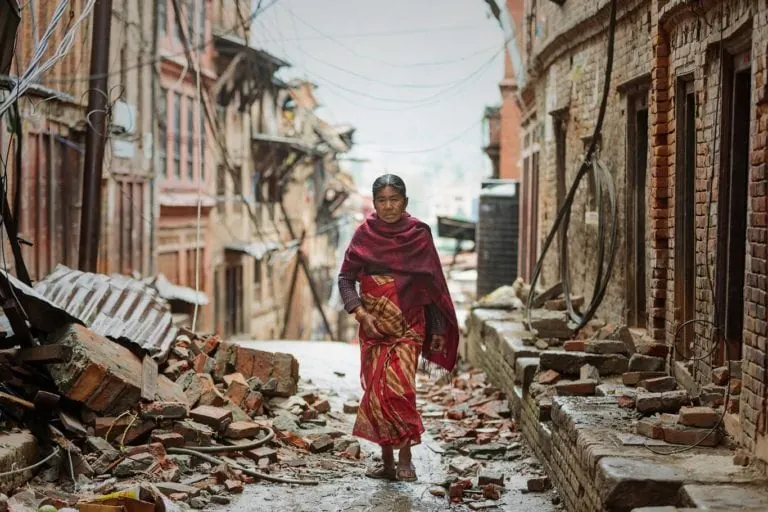
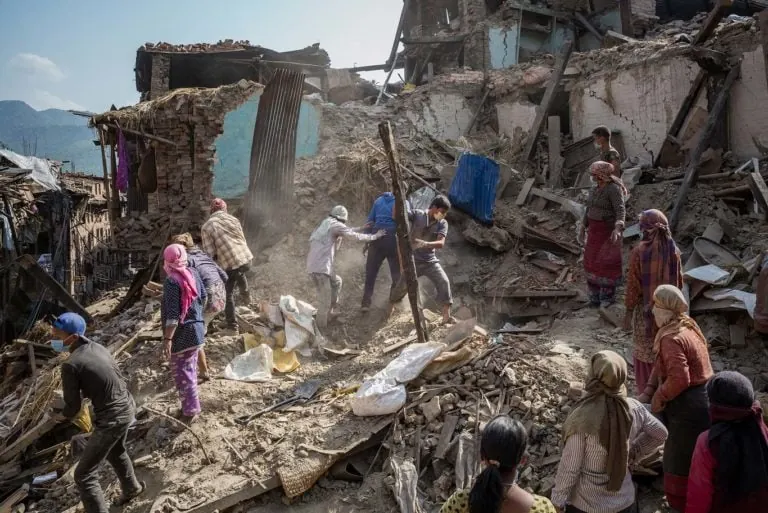
Where are your photos published?
My work is represented by Getty Images and 4Corners. Stock images are used in many different forms, advertising, books, websites and all around the world. Images made on assignment are obviously used by the client in their promotional material.
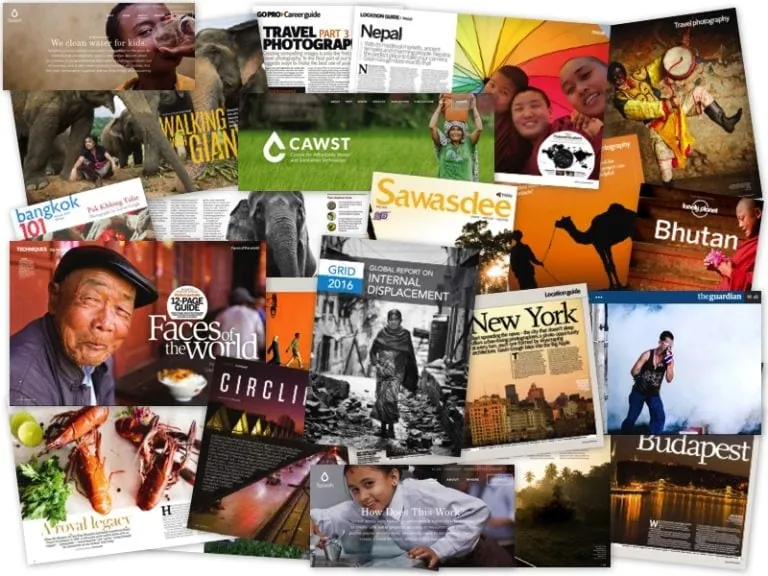
Which photographers influenced you the most?
Don McCullin is the photographer I have admired for the longest time. When I left home and moved to Asia, I took only two books with me, one was his autobiography, “Unreasonable Behaviour”. I’ve also followed Steve McCurry’s career with great interest but the photographer whose work still takes my breath away is William Albert Allard. His “Five Decades” retrospective book is one I always recommend to students and to any photographer looking for inspiration.
What suggestion would you give to a photographer who is starting to enter your field as a freelancer?
It’s not a career to follow if you’re interested in making a lot of money. It’s rewarding in other ways but nobody becomes an editorial photographer to get rich. Fashion and advertising photography might be a better route to a financially rewarding career but I’m not the person to ask about that.
The best advice I ever received was from Neil Gaiman. He explains that editors want three things from freelancers:
1. Produce great work.
2. Deliver on time. Don’t miss deadlines.
3. Be pleasant to deal with. Don’t be an arse! (I’m paraphrasing).
And the secret is, freelancers can get away with two out of three:
- If you’re a pleasure to deal with and you submit excellent work, editors might excuse you missing a deadline;
- If you’re always on time and your work is excellent, editors might ignore you being a chump;
- And if you’re genuinely friendly and never late, editors will still consider working with you.
Of course, freelancers who get called first are those who deliver excellent work on time whilst building friendly relationships. That’s the very simple, quite uncomplicated but profound truth of freelancing.
One final piece of advice that I relate to and take great reassurance from is this about “taste and perseverance” from Ira Glass, which is best heard from the man himself.
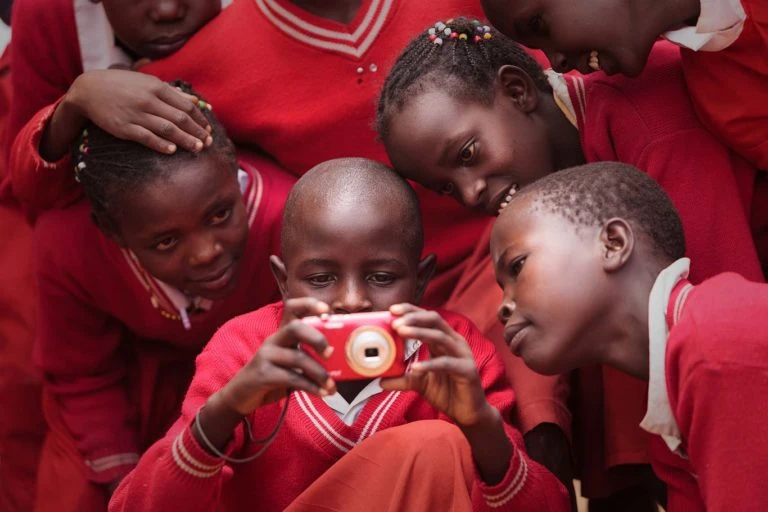
Do you organize workshops? How can one participate?
Yes, I’ve run photography workshops in India, Nepal, Thailand, Cambodia, Vietnam, Malaysia, and beyond. I really enjoy working with photographers on workshops and it’s rewarding to see photographers create some of their best work during workshops.
Photographers who subscribe to my newsletter will always be the first to learn when new workshops are announced.
Gavin Gough, Humanitarian Photographer based in Bangkok, Thailand.

